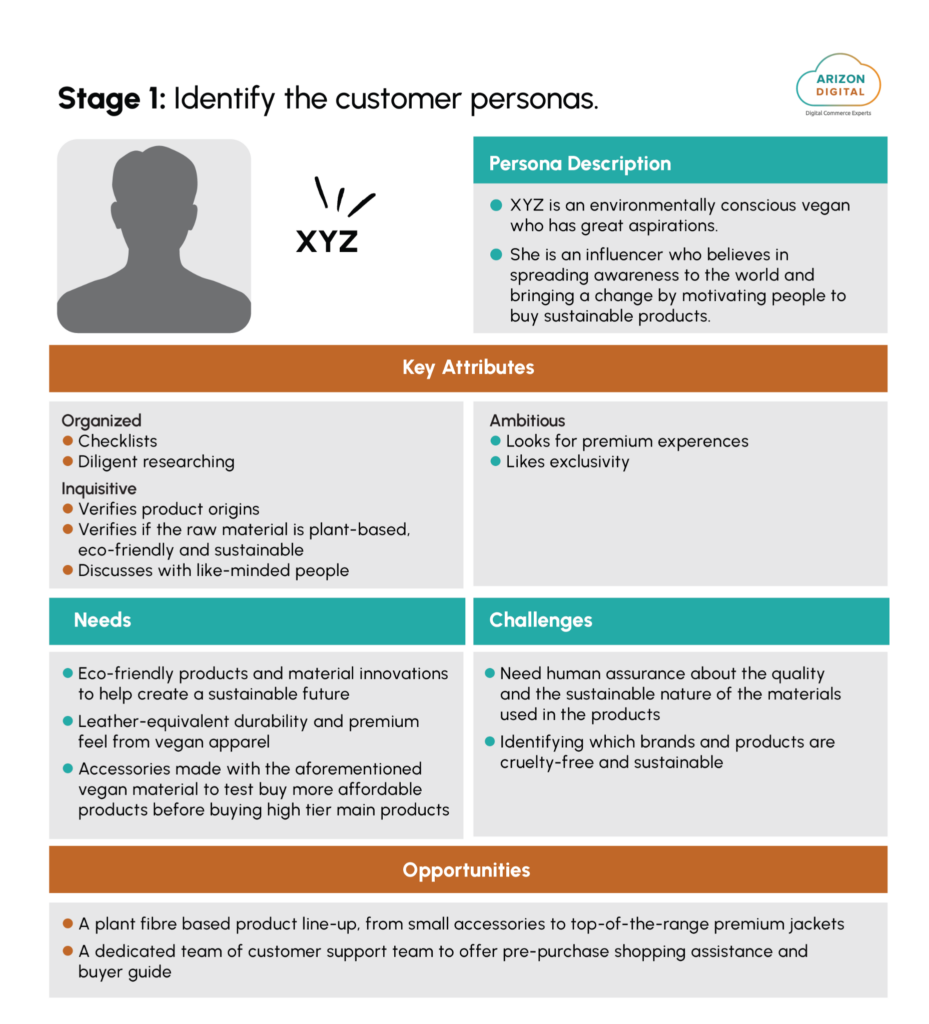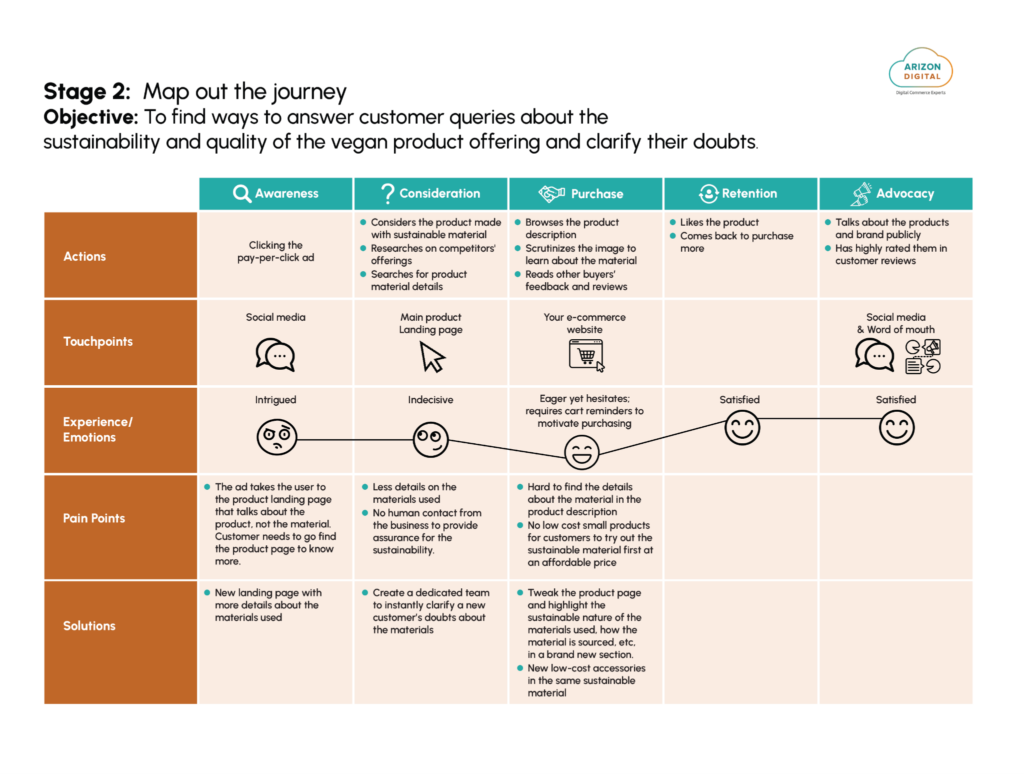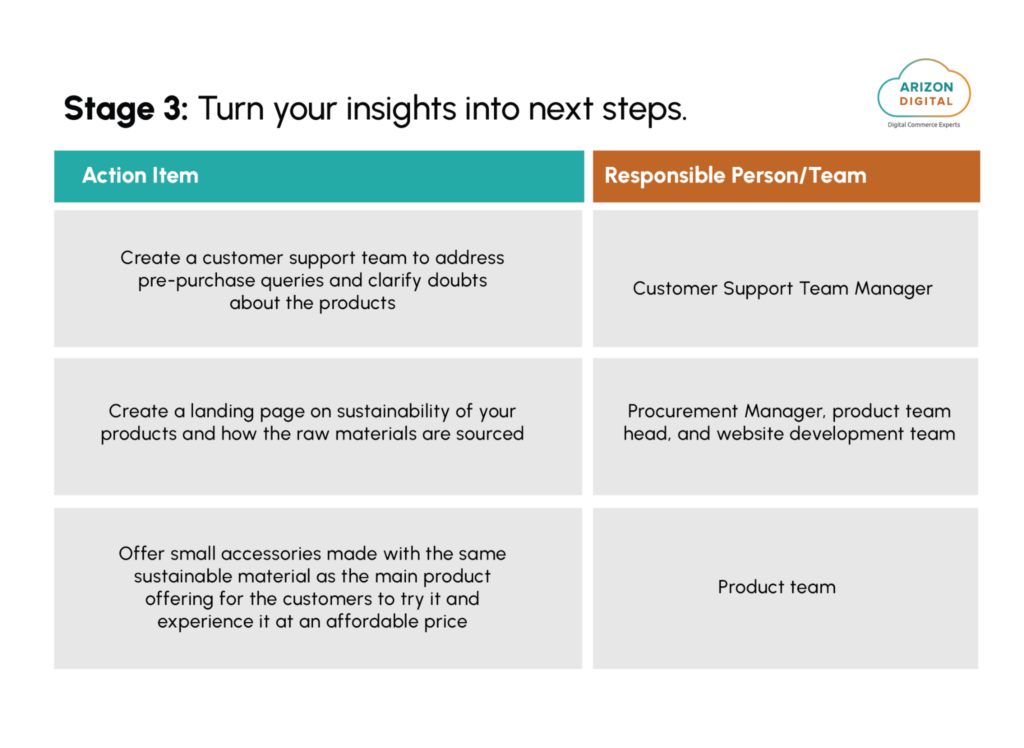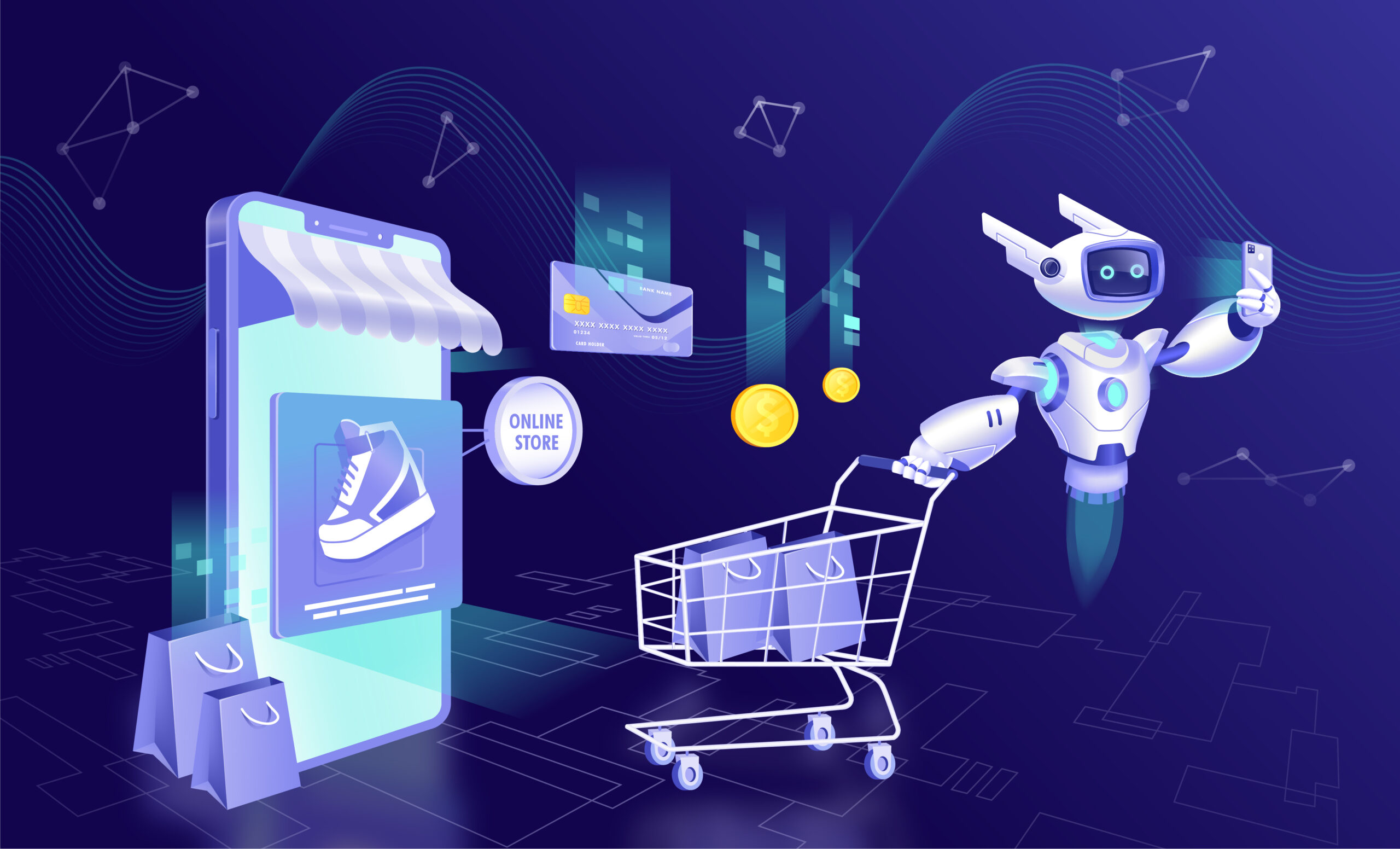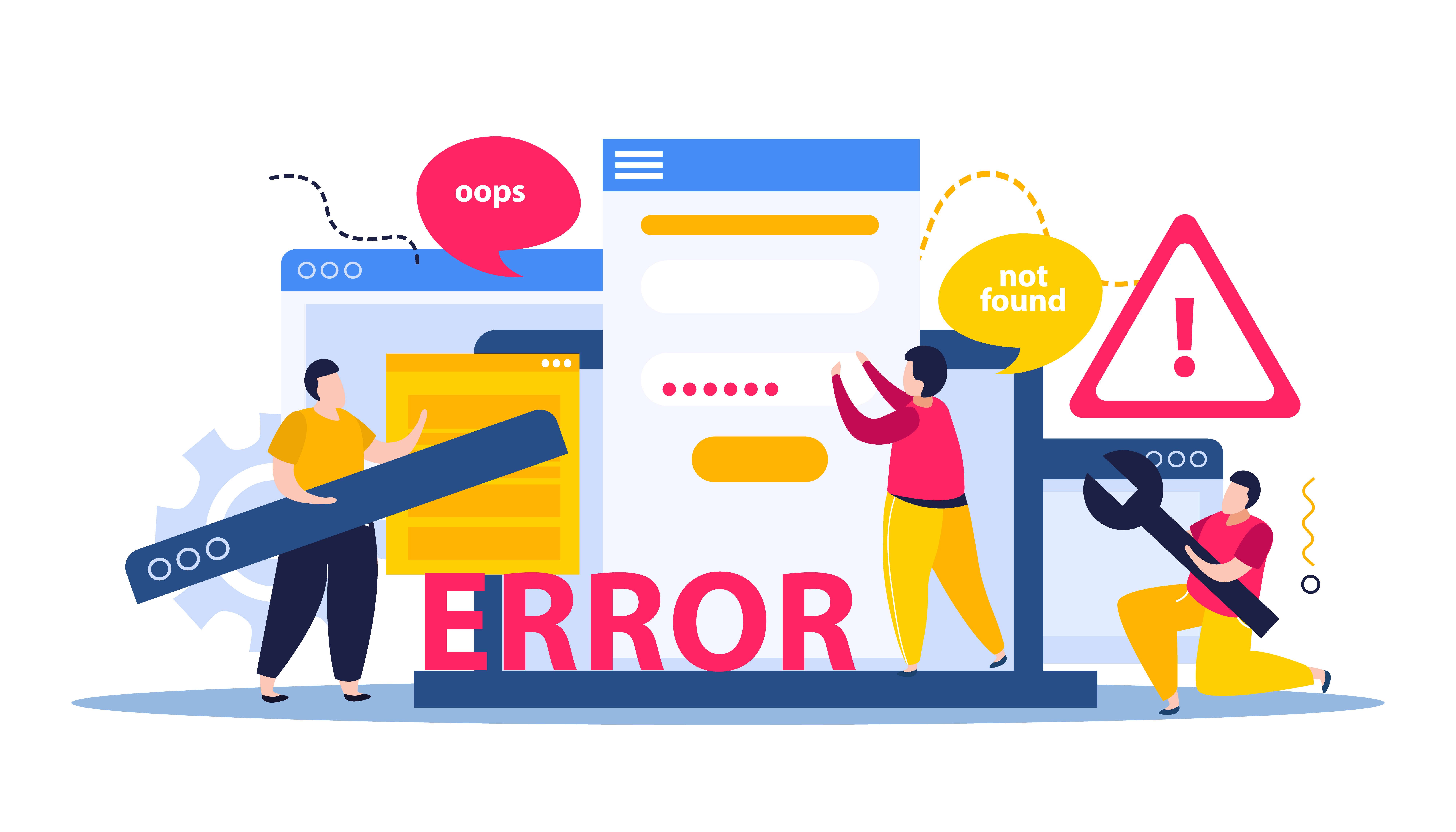
Transforming Demand Forecasting and Inventory Management with the Power of AI
Inventory management is the lifeline of eCommerce, as effective inventory management and robust logistics bridge the gap between customers finding and purchasing products online and eCommerce businesses fulfilling those orders. Effective inventory management helps eCommerce businesses maintain a competitive advantage and ensure customer satisfaction.
The effectiveness and cost efficiency of eCommerce inventory management depends on accurate demand forecasts and the ability to maintain optimal stock levels at any given time, and these require comprehensive data analytics and real-time data visibility. Traditional inventory management has many shortcomings in these areas, and AI-infused demand forecasts & inventory management address them.
This article lists the challenges in traditional inventory management and explores how AI transforms demand forecasting and inventory management in eCommerce.

10 Challenges Posed by Traditional Inventory Management
eCommerce inventory management has traditionally relied heavily on human resources, manual data entry, and limited data visibility for decision-making. It comes with limitations, including:
- Dependence on human intervention to measure, forecast, and meet the demand
- Delays in responding to changing market conditions and customer preferences and adjusting to the impact of external factors due to the lack of real-time visibility
- Human errors and higher costs due to inefficient manual data-entry processes
- Sub-optimal management of inventory levels
- Difficulties in anticipating and managing supply chain disruptions
- Lack of extensive supplier collaboration and inefficient communication with them
- Challenges in order fulfillment due to lack of end-to-end order tracking
- Localized inventory spread across multiple locations leading to difficulties in managing and reallocating the stock to meet the demand
- Limited mechanisms to identify inefficiencies, bottlenecks, and performance issues due to insufficient data analysis
- Inability to predict and accommodate external factors into demand planning
How Does AI Improve Demand Forecasting and Inventory Management?
AI improves demand forecasting and inventory management in the following ways.
1. Enhanced Data Analysis and Accurate Demand Prediction
Centralized data management and eCommerce integration enable AI analytics tools to analyze vast data sets and achieve more accurate demand forecasting and efficient inventory management.
AI-driven analysis uses advanced algorithms and machine learning techniques to analyze datasets including, but not limited to, historical sales data, market trends, customer behavior, demand patterns, and other external factors. Through extensive data analysis, generative AI tools identify trends and patterns\ previously invisible to traditional inventory management and forecasting methods.
By processing these variables, AI-driven data analysis uncovers unprecedented insights on demand and supply and helps you predict future sales. These insights help you enhance your inventory management and business operations through:
- More accurate demand forecasts
- Reduced risk of stockouts and overstocking
- Optimized inventory levels on any given day and time
- Enhanced data-driven decision-making based on comprehensive data insights
- Improved ability to anticipate and quickly react to changes in market trends and customer behavior
- Increased operational efficiency
- Cost savings from better inventory management and reduced human intervention
- Higher customer satisfaction and loyalty due to consistent product availability and stabilized prices
2. Advanced Predictive Analytics and Intent Intelligence
Demand forecasting is a balancing act between making predictions based on available data and making assumptions based on intuitions when data is unavailable. Demand forecasting gets more accurate as it relies increasingly on data and less on intuition.
Traditional demand forecasting methods were inaccurate due to limited data availability and real-time visibility. For instance, you could always track the previous purchases made by a customer on your eCommerce site, but it was not previously possible to predict what they would buy in the immediate future.
AI-powered predictive analytics forecast future demand accurately by combining and comparing historical data, including product-wise sales numbers, customer behavior, past market trends, seasonal fluctuations in sales, promotional events, economic conditions, past social media trends, etc., with real-time insights, including:
- Incoming order data
- Supplier interactions
- Inventory levels
- Customer feedback
- Customer support interactions
- Social media activity
- Current economic indicators
- Weather forecasts
- Supply chain status
- Current market conditions, etc.
By deriving numerous variables from past data and comparing them with real-time data, predictive analytics provides a comprehensive view of demand patterns, helps you forecast demand precisely, and lets you maintain optimum inventory all the time.
Intent intelligence further complements predictive analytics by analyzing customer data using machine learning and natural language processing to predict purchase intent.
You can use these precise forecasts and predictions to customize your marketing campaigns, stock the products at the correct levels at the right time, and proactively offer customers the products they are willing to buy, thus increasing the likelihood of purchase.
3. Real-Time Adjustments and Dynamic Reordering
Surviving and maintaining a competitive advantage in a crowded market requires dynamically adjusting and adapting to constantly changing market conditions, customer preferences, trends, and demands. It requires real-time data visibility across various systems.
Traditional methods only rely on periodic updates, which introduces delays in gaining business-critical information and making timely decisions. For instance, if you fail to consider an impending rogue weather event, say a flood, you will be left understocked and unprepared for a sudden spike in demand for emergency supplies, resulting in a lost opportunity and a drop in customer satisfaction.
AI addresses this issue by enabling real-time data processing and continuous monitoring of market conditions and consumer behaviors. As a result, you can make immediate adjustments in inventory levels and quickly respond to sudden changes in demand. Generative AI tools are also equipped with the ability to dynamically reorder products based on the demand predictions, without human intervention.
For instance, when a new social media post goes viral, AI can pick up the rise in demand for the apparel and accessories featured in the post and alert you so that you can stock similar products immediately. AI-driven systems can also set intelligent reorder triggers based on these dynamic forecasts, ensuring that stock levels always remain aligned with consumer needs.
4. Automation of Inventory Management
AI eliminates human errors and inefficiencies by automating various aspects of inventory management, from data entry to sending restocking requests and the scheduling and routing of shipments.
Automation helps streamline your eCommerce operations and lets your staff focus on strategic tasks rather than repetitive manual processes. Through eCommerce integrations and data centralization, AI enables inventory data to be constantly updated across business systems, ensuring accuracy and real-time data visibility across the organization and supply chain, facilitating better decision-making, and improving overall efficiency.
AI impacts inventory management in the areas of
- Demand Forecasting
- Inventory Optimization
- Automated Reordering
- Inventory Tracking
- Returns Management
- Inventory Reconciliation
- Inventory Analytics
- Material Shortage Management
- Warehouse Automation
- Dynamic Pricing
- Batch Tracking
- Inventory Classification
- Seasonal Trend Analysis
- Expiry Date Management
- Inventory Risk Assessment
- Localization Strategies and
- Inventory Auditing
5. Improved Supplier Collaboration and Supply Chain Management
The agility of an eCommerce company improves dramatically through real-time data visibility. However, the supply chain extends far beyond and outside your organization. It introduces variables outside your control, making inventory management more complicated and less predictable. AI improves inventory management by including these variables in analytics and improving supplier collaboration by providing real-time insights and visibility across the supply chain.
Predictive analytics enables you to forecast potential supply chain disruptions by analyzing past data and constantly monitoring real-time data and events. It also provides recommendations to take proactive measures to mitigate risks. As your ability to predict disruptions improves, your communication and coordination with suppliers improve, optimizing order fulfillment processes and reducing lead times.
Supercharged with AI capabilities, you can predict market trends, supply chain disruptions, and changes in customer preferences and market dynamics and refine your procurement and manufacturing strategies continually.
6. Reduction of Costs and Enhanced Customer Satisfaction
Overstocked products can occupy precious warehouse space and cost you a lot. On the other hand, understocking products will cost you sales and customer satisfaction, as you cannot offer them when customers need them. So, accurate inventory management is crucial for reducing costs and enhancing customer satisfaction.
AI helps you forecast demand accurately and optimize inventory levels constantly, enabling you to cut costs incurred by inventory holding and prevent unnecessary expenditure and loss of sales and customer satisfaction associated with products going out of stock. AI helps you cut costs further by automating inventory tracking and management.
7. Scalability and Flexibility
Inventory management is relatively easy when your inventory is in a single location or a centralized warehouse. However, localized inventory requires managing variable inventory levels at multiple locations in line with the different market conditions in that area.
Further, you may have to shift your stock across locations to meet changing demands. AI systems promote scalability and flexibility, allowing your eCommerce business to manage inventory across multiple locations and adjust to varying market conditions. This flexibility enables you to adjust inventory and adapt to shifts in market trends and customer expectations. The continuous learning capabilities of AI ensure that these benefits only increase over time, providing a sustainable competitive advantage.
AI and the Future of Demand Forecasting and Inventory Management
AI transforms demand forecasting and inventory management by enhancing accuracy, efficiency, and responsiveness. By leveraging advanced analytics and real-time data, eCommerce businesses can anticipate market trends, optimize inventory levels, and improve supply chain resilience. As AI technology evolves, it promises even greater innovation and competitive advantage for eCommerce businesses.
FAQs
1. How is AI used in demand forecasting?
AI leverages historical and real-time data to predict future demand, enabling businesses to optimize inventory levels, reduce stockouts, and align supply with customer needs.
2. How is AI used in inventory management?
AI is used to crunch through vast datasets to identify patterns, optimize stock levels, predict demand, and automate processes, improving accuracy, reducing costs, and enhancing overall efficiency in inventory management.
3. How does Amazon use AI in inventory management?
Amazon uses AI in the areas of demand forecasting, optimization of warehouse operations, stock management, and streamlining logistics. Amazon’s use of AI ensures efficient order fulfillment and cost-cutting while maximizing customer satisfaction.
4. What companies use AI for inventory management?
Companies like Amazon, Walmart, Target, and Alibaba use AI for inventory management.







